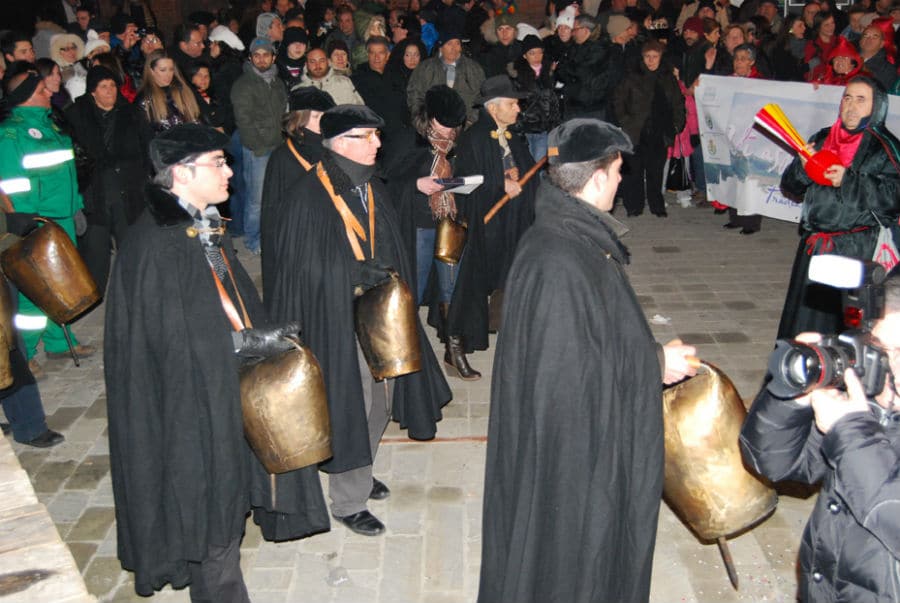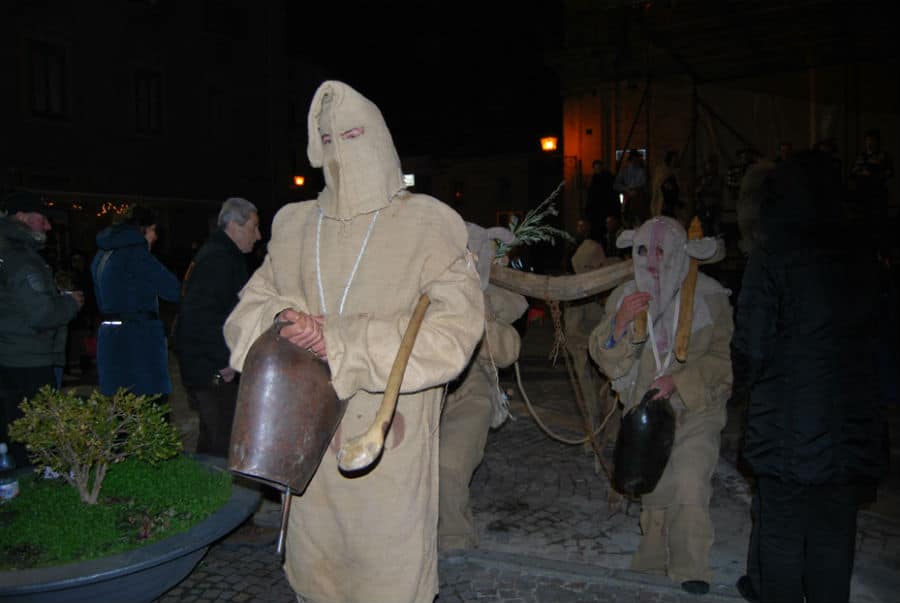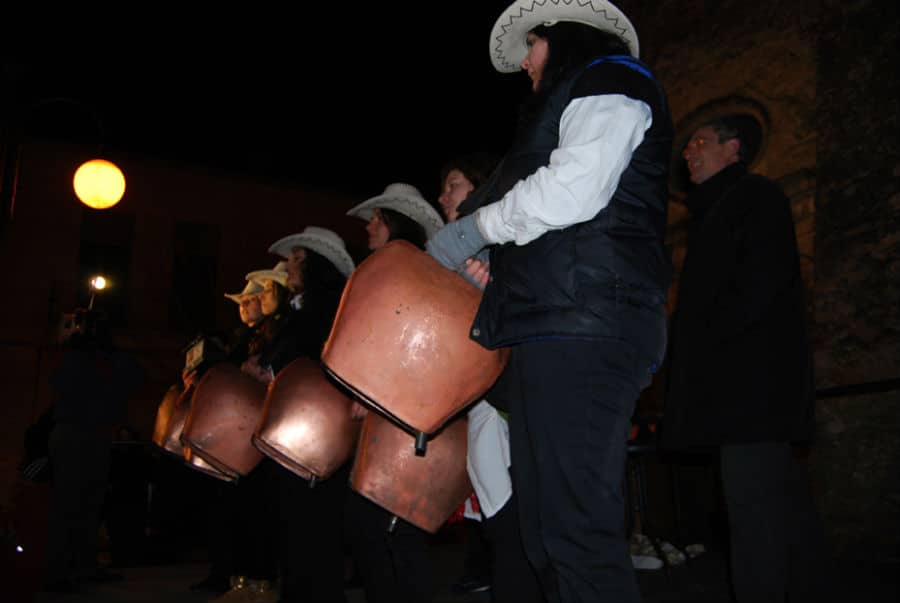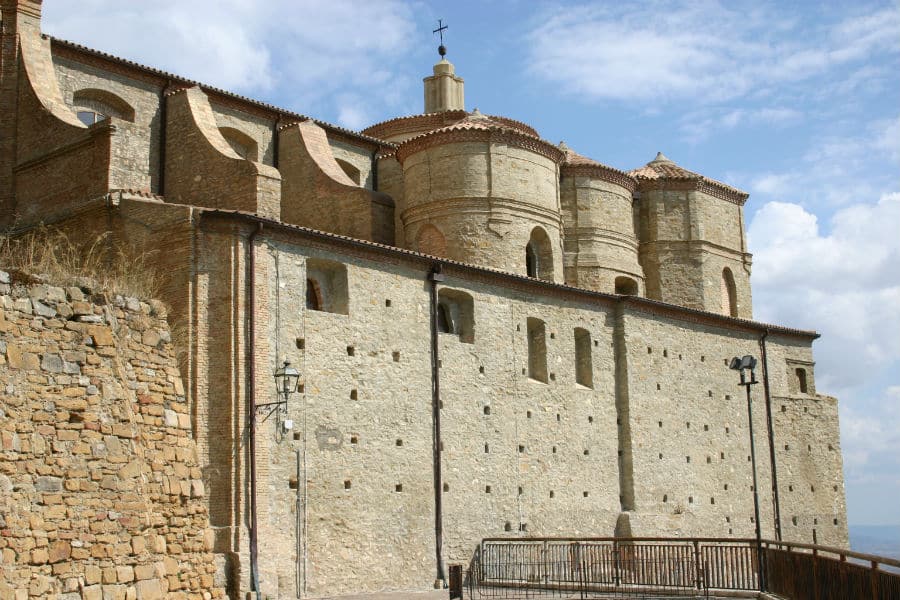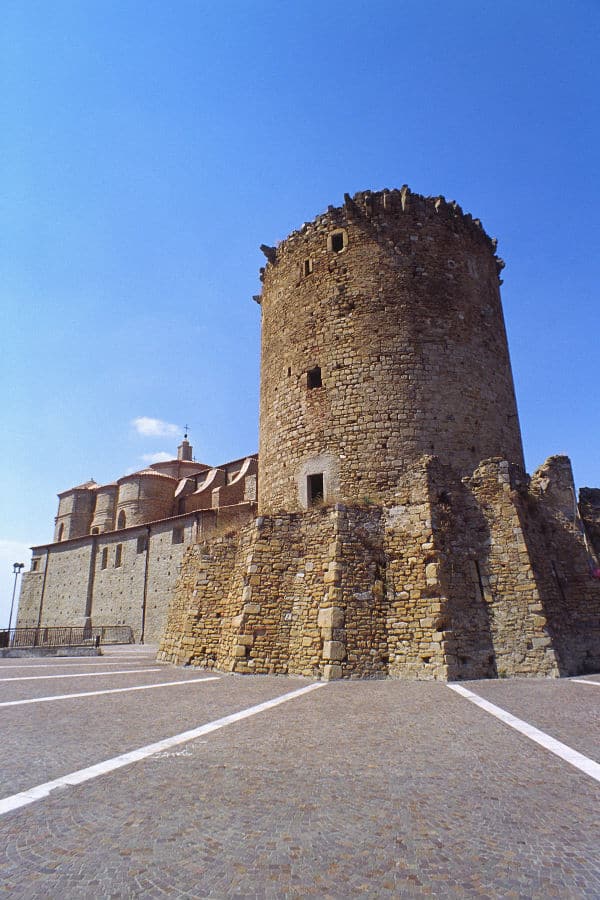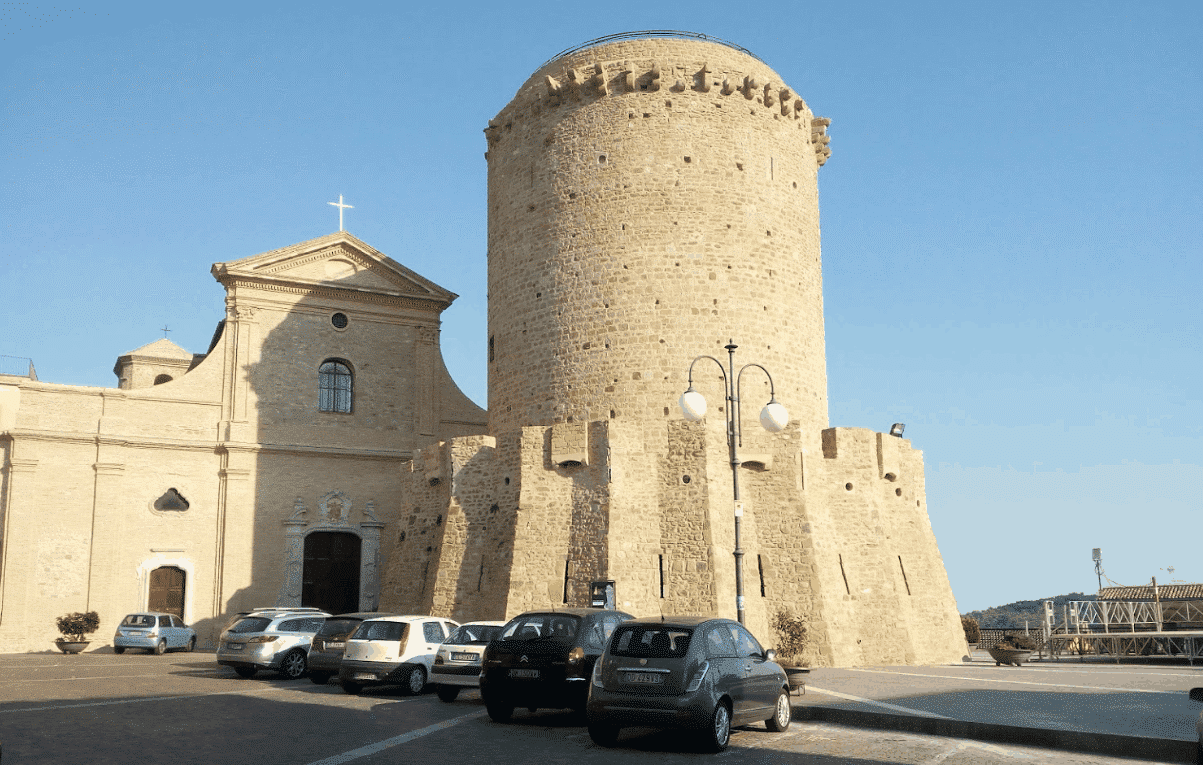The fertile land with a predominantly agricultural vocation has, over the centuries, allowed for a particular development and an admirable increase in the quality of certain specific products, such as sausage, oil and cheese.
The sausage è is made exclusively from pork raised locally in San Mauro or in neighbouring villages, to which are added sweet peppers, wild fennel seeds and hot chilli peppers. The minimum maturation period is about 16 days.
The village's most important product is extra virgin olive oil, the artisanal processing of which is family-run, handing down centuries-old traditions from father to son. The most widespread variety in the area is the "majatica cultivar", typical of the Matera hills. typical of the Matera hills. Its yield ensures the production of oil of considerable value. The oil is green in colour with yellow highlights, with a delicate flavour, rich in fruity notes, slightly bitter and ready for consumption. This is why it is known and appreciated by experts. The cultivation of olive trees and the processing of their fruit are a fundamental part of the cultural fabric of San Mauro, tracing its origins back to the time of Magna Gracia.
Among the cheeses that can be tasted in San Mauro, there are those of regional tradition, such as Lucanian pecorino, fresh goat's cheese flavoured with herbs and spices, canestrino, caciocavallo podolico, manteca, scamorze, as well as burrate and mozzarella.
Typical dishes include: rafanata, characteristic of the Carnival period, è a simple recipe using mashed boiled potatoes, beaten eggs, pecorino cheese and horseradish, baked to create a sort of omelette. Finally, there are the not-to-be-missed 'orecchiette e maccheroni ai ferri con mollica fritta e salsiccia', a special type of handmade pasta, also known as 'ferricelli', accompanied by the traditional fried breadcrumbs and the tasty Sanmaurese sausage.


